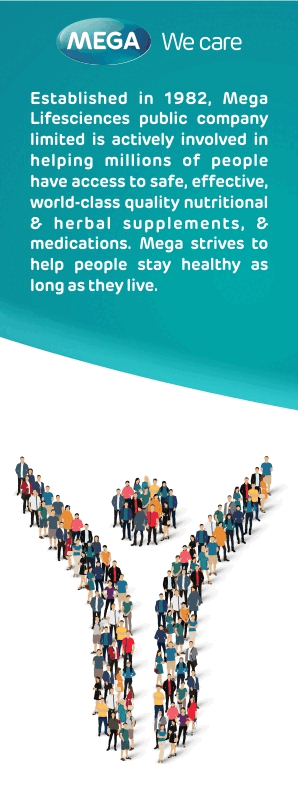DETERMINANTS OF POSTNATAL CARE SERVICE UTILIZATION IN DIGA DISTRICT, EAST WOLLEGA ZONE, WESTER ETHIOPIA: CASE-CONTROL STUDY
DOI:
https://doi.org/10.69614/ejrh.v10i4.206Abstract
ABSTRACT
BACKGROUND: Postnatal care is one of the most important maternal health care intervention to prevent morbidity and mortality during the postnatal period. Objective of the study: To assess determinants of postnatal care service utilization among mothers who were in the 6th week to 12months period after delivery in Diga district, 2017.
METHODS AND MATERIALS: A community based unmatched case-control study was conducted among 347 mothers (cases=115 and controls=232) who were in the 6th week to 12months after delivery during data collection period. A pretested questionnaire was used for data collection and data were analyzed using SPSS version 24 software. Bivariate analysis was conducted to examine the association between dependent and independent variables; Odds Ratios (ORs) and their 95% Confidence Intervals (CIs) were calculated. Then, multivariable logistic regression was used to control for possible confounders. p-value less than 0.05 were considered statistically significant.
RESULTS: In this study, 341 study subjects were interviewed 113 (98.26%) cases and 228(98.27%) controls with overall response rates of 341(98%). 107 (94.7%) of cases and 72(31.6%) of controls had ever heard about postnatal care service. Place of delivery (AOR: 4.5, 95%CI: (3.04, 6.72), having antenatal care before current delivery (AOR: 11, 95% CI: (1.76, 17.34), maternal knowledge about postnatal danger signs (AOR: 1.3, 95%CI: (1.02, 1.69), were found to be significantly associated with postnatal care service utilization.
CONCLUSION: Encouraging regular ANC follow up with institutional delivery along with integrated health education about postnatal care both during pregnancy and delivery will increase postnatal care service utilization.
KEYWORDS: Postnatal care, determinants postnatal care utilization, Diga District, East Wollega, Western Ethiopia.
(Ethiopian Journal of Reproductive Health; 2018; 10; 4: 52-61)



